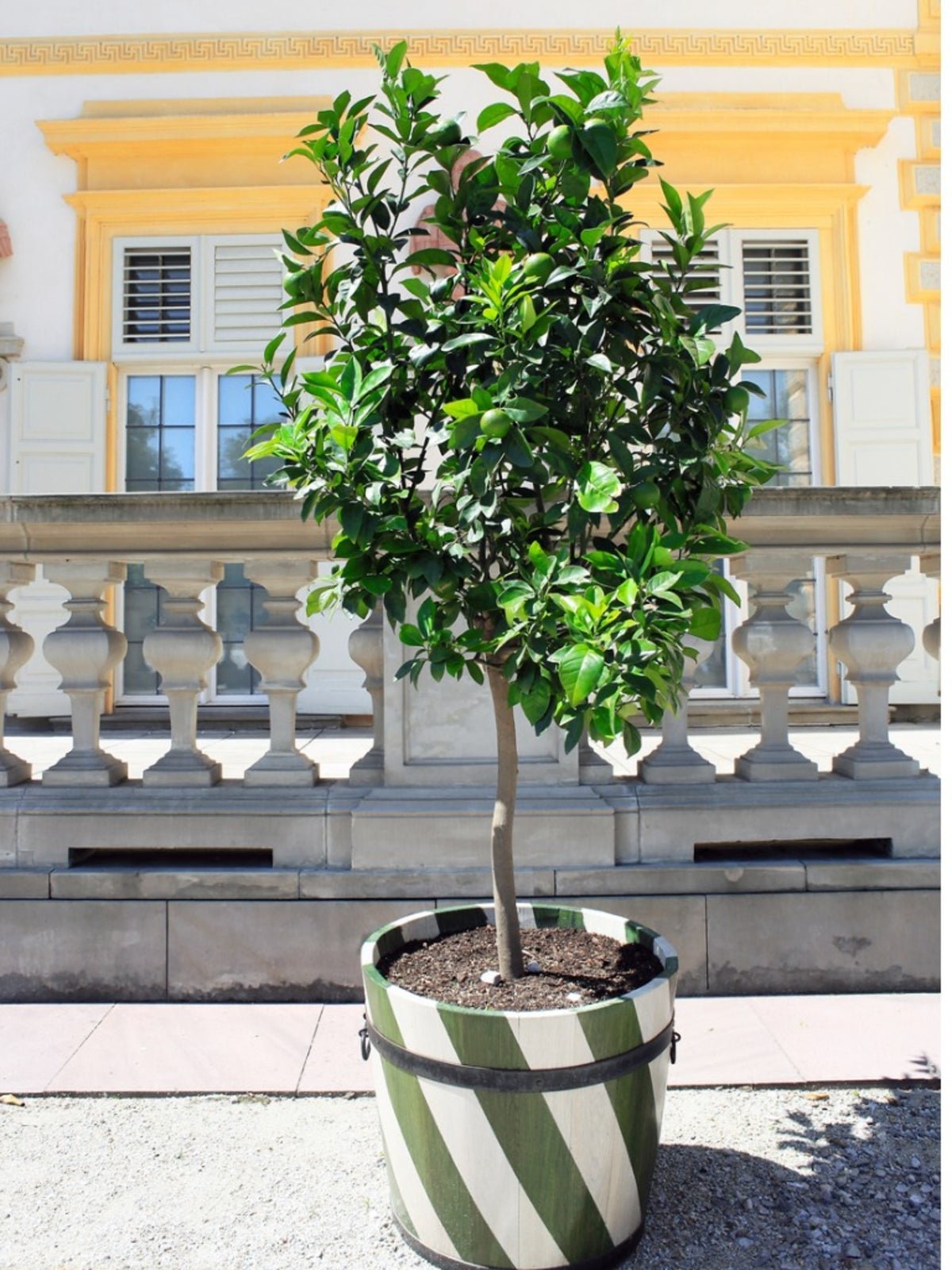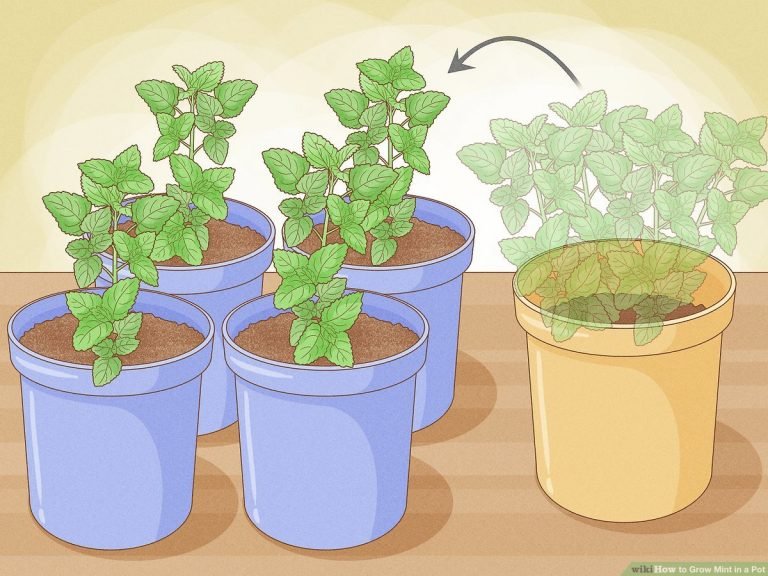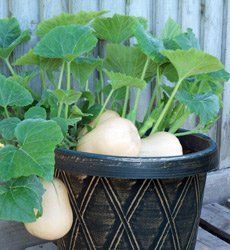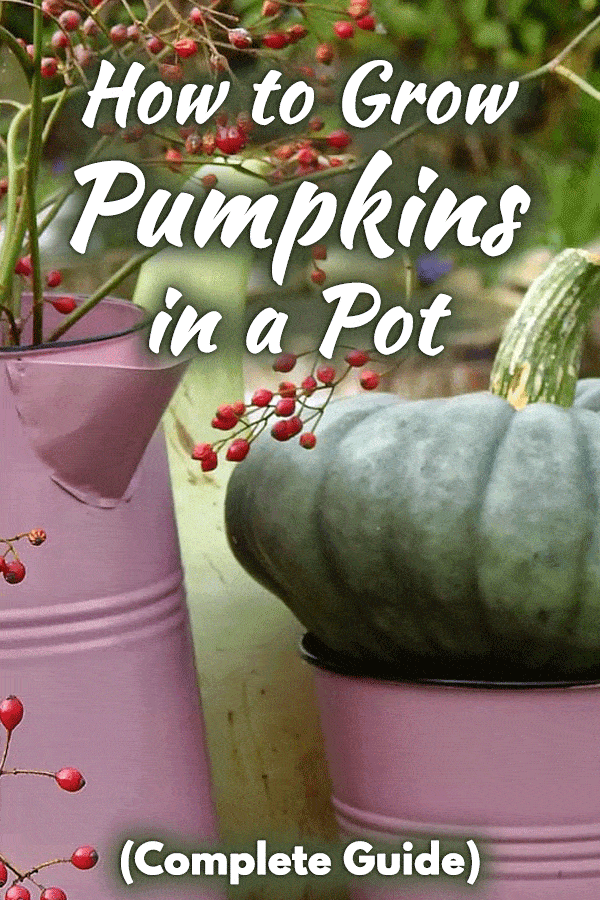how to grow limes in a pot – [Beginners Guide]
Are you looking to add a touch of citrus to your garden but don’t have the space for a full-sized tree? Growing limes in pots might just be the perfect solution for you! I have been growing limes in pots for a few years now, and it has been a wonderful experience. Not only do they add a lovely aroma to my outdoor space, but they also provide me with fresh, juicy limes whenever I need them.
One of the great things about growing limes in pots is that you don’t need a lot of space. Whether you have a small balcony or a large backyard, you can easily find a pot that fits your needs. Plus, growing in pots means you can move your lime tree around to find the perfect spot for it, whether that’s in full sun or partial shade.
Another benefit of growing limes in pots is that it allows you to have more control over the growing conditions. You can choose the perfect soil mix, monitor water levels more closely, and easily add nutrients to the soil. Plus, pots offer better drainage than in-ground planting, which is important for preventing root rot.
In this guide, we’ll cover everything you need to know about growing limes in pots. From choosing the right pot and soil mix to pruning and harvesting, we’ll walk you through the entire process. By the end of this guide, you’ll have all the information you need to successfully grow your own limes in a pot.
So, why not give it a try? Growing limes in pots is a fun and rewarding experience that can provide you with fresh fruit and a beautiful addition to your outdoor space. Let’s get started!
Pot or container selection
When it comes to growing limes in pots, the right pot is just as important as it is for cherry tomatoes. Here are some things to consider when selecting a pot for your lime tree:
Size and capacity
Lime trees can grow to be quite large, so it’s important to choose a pot that is big enough to accommodate their growth. As a general rule, you should aim for a pot that is at least 18 inches (45 cm) in diameter and 18 inches (45 cm) deep. This will give your lime tree enough space to develop a healthy root system and grow to its full potential.
If you’re growing a dwarf lime tree, you can opt for a smaller pot, but keep in mind that the tree will still need plenty of space to grow. A good rule of thumb is to choose a pot that is at least one-third larger than the root ball of your tree.
Construction
The construction of your pot is also important for the health of your lime tree. Here are some things to consider:
- Material: Choose a pot that is made of a durable material, such as ceramic, plastic, or fiberglass. These materials are lightweight and won’t crack or break easily. Avoid pots made of metal or wood, as they may corrode or rot over time.
- Drainage: Make sure your pot has drainage holes in the bottom to allow excess water to drain out. Lime trees don’t like to sit in wet soil, so good drainage is essential for their health.
- Insulation: Lime trees are sensitive to temperature changes, so it’s a good idea to choose a pot with insulation to protect the roots from extreme heat or cold. Look for pots with double walls or made of insulating materials like polystyrene.
By choosing the right size and construction for your pot, you can create the optimal growing environment for your lime tree. With a little bit of care and attention, you can enjoy a bountiful harvest of fresh, juicy limes right from your own backyard.
Make suitable soil mix
When it comes to growing limes in a pot, the type and mixture of soil you use is just as important as the pot itself. Limes prefer a well-draining soil that is rich in organic matter and nutrients. Here’s what you need to know about selecting the right soil mix for your lime tree:
Type
It’s best to use a high-quality potting mix that is specifically formulated for citrus trees, as these mixes are designed to provide the right balance of nutrients and drainage for your plants. Look for a potting mix that contains peat moss, perlite or vermiculite, and a slow-release fertilizer. Avoid using garden soil or topsoil, as they can become compacted in containers and may not drain well.
Mixture
To give your lime tree an extra boost, you can add some amendments to your soil mix. Some options include:
- Compost: Adding compost to your soil can help improve its structure, drainage, and nutrient content.
- Organic fertilizers: You can use organic fertilizers, such as bone meal or fish emulsion, to provide additional nutrients for your plants.
- pH adjusters: Lime trees prefer a slightly acidic soil pH (between 6.0 and 7.0). You can use sulfur or aluminum sulfate to lower the pH of your soil, or dolomitic lime to raise it.
It’s important to note that over-fertilizing your lime tree can cause damage, so be sure to follow the instructions on the fertilizer package and avoid adding too much. By choosing the right soil mix and adding the right amendments, you can give your lime tree the best chance at success.
How to plant the limes?
Growing limes in a pot is a great way to enjoy fresh citrus fruit at home. Here’s a step-by-step guide to help you get started:
Step 1: Choose the right pot
Select a pot that is at least 18 inches in diameter and depth to accommodate the root system of your lime tree. Make sure the pot has drainage holes to allow excess water to drain away from the roots.
Step 2: Prepare the soil mix
Fill the pot with a soil mix that is well-draining, nutrient-rich, and slightly acidic (pH between 6.0 and 7.0). A recommended mix consists of equal parts of perlite, peat moss, and vermiculite. Mix in a slow-release fertilizer following the manufacturer’s instructions.
Step 3: Plant the lime tree
Carefully remove the lime tree from its nursery pot, loosen any tangled roots, and place it in the center of the pot. Make sure the top of the root ball is level with the soil surface. Fill the pot with the prepared soil mix, tamping it gently around the tree. Water the tree well to help settle the soil around the roots.
Step 4: Provide proper sunlight and temperature
Limes require full sun for at least 6-8 hours a day, so place your pot in a sunny, south-facing location. Keep the tree in a warm location with temperatures ranging between 60-85°F. Avoid exposing it to freezing temperatures or strong winds.
Step 5: Water and fertilize
Keep the soil moist, but avoid overwatering as it can lead to root rot. Water the tree deeply once a week, allowing the top inch of soil to dry out between waterings. Fertilize the tree with a citrus-specific fertilizer every three months during the growing season.
Step 6: Prune and protect from pests and diseases
Prune your lime tree regularly to maintain its shape and size. Protect your tree from common pests such as spider mites, aphids, and mealybugs by inspecting it regularly and treating any infestations promptly. Also, monitor the tree for diseases such as citrus canker and greening, and take appropriate measures to prevent their spread.
By following these steps, you can successfully grow a healthy lime tree in a pot, providing you with fresh, juicy limes to use in your recipes and cocktails.
How to care for limes?
Limes are tropical fruits that require warm temperatures and plenty of sunlight to thrive. Growing limes in a pot at home can be a rewarding experience, but it’s important to provide the right care to ensure optimal growth and fruit production. Here are some tips on how to care for limes in a pot at home:
Watering Requirement
Lime trees require consistent moisture, but they don’t like to be overwatered. Water the tree deeply once a week, or more frequently in hot, dry weather. When watering, make sure to soak the soil thoroughly, but allow it to dry out slightly between watering sessions. Avoid letting the soil become completely dry, as this can cause the tree to drop its leaves and fruit.
Fertilizer Requirement
Lime trees are heavy feeders and require regular fertilization to produce healthy fruit. Use a high-quality citrus fertilizer that contains nitrogen, phosphorus, and potassium. Follow the package directions for application rates and frequency. In general, you should fertilize your lime tree every 4-6 weeks during the growing season (spring and summer) and reduce fertilization during the dormant season (fall and winter).
Sunlight Needs
Lime trees need plenty of direct sunlight to produce fruit. Choose a sunny spot for your potted lime tree, ideally a location that receives at least 6-8 hours of sunlight per day. If you live in a region with hot, dry summers, you may need to protect your lime tree from the intense sun by providing some shade during the hottest part of the day.
Pruning & Training
Pruning and training your lime tree can help promote healthy growth and fruit production. Remove any dead or diseased branches as soon as you notice them, and prune back any branches that are crossing or rubbing against each other. You can also train your lime tree to grow in a particular shape by using stakes or pruning to direct its growth.
Other Care
In addition to the basic care requirements, there are a few other things you can do to keep your potted lime tree healthy:
- Repot your lime tree every 2-3 years to ensure that it has enough room to grow.
- Use a well-draining potting mix that contains a blend of peat moss, perlite, and vermiculite.
- Keep an eye out for pests such as spider mites, mealybugs, and scale insects. Treat infestations with insecticidal soap or neem oil.
- Protect your lime tree from cold temperatures by moving it indoors or covering it with a blanket or tarp during frosty nights.
By providing your potted lime tree with the right care, you can enjoy a bountiful harvest of juicy, delicious limes.
Common problems
Other Issues
In addition to pests, insects, diseases, and poor production, there are a few other issues that cherry tomatoes grown in pots may face:
- Root-bound plants: When grown in pots, cherry tomato plants may become root-bound, meaning their roots have outgrown the container and are congested. This can lead to stunted growth and poor production. To prevent this, transplant your plants to larger containers as they grow.
- Environmental stress: Cherry tomatoes are sensitive to extreme temperatures and fluctuations in moisture levels. Make sure to keep your plants in a location that is sheltered from harsh winds and direct sunlight during the hottest parts of the day.
- Improper pH levels: Cherry tomatoes prefer slightly acidic soil with a pH between 6.0 and 6.8. If your soil is too alkaline, your plants may not be able to absorb essential nutrients properly. You can test your soil’s pH level with a simple kit and adjust it using amendments such as sulfur or lime.
By being aware of these potential issues and taking steps to prevent and address them, you can help ensure that your cherry tomatoes grown in pots thrive and produce a bountiful harvest.
Harvesting & storing homegrown limes
When it comes to harvesting and storing limes, there are a few things to keep in mind. Here are some tips:
When to Harvest Limes
Limes are typically ready to harvest when they are green and fully mature. However, the best way to tell if a lime is ripe and ready for harvesting is to check its size and texture. A ripe lime will feel heavy for its size and will have a slightly soft texture when gently squeezed. If the lime is hard and unyielding, it may not be ready for harvest yet.
It’s also important to note that limes do not all ripen at the same time on the tree, so you may need to harvest them over several weeks or months. This can be a good thing, as it allows you to enjoy fresh limes for an extended period of time.
How to Harvest Limes
To harvest limes, use pruning shears or a sharp knife to cut the fruit from the tree. Be careful not to damage the fruit or the tree when harvesting. If you are unsure whether a lime is ripe, you can pick one or two and let them sit at room temperature for a few days to see if they ripen.
Storing Limes
Freshly harvested limes can be stored at room temperature for a few days, but they will last longer if stored in the refrigerator. To store limes in the refrigerator, place them in a plastic bag or airtight container and keep them in the crisper drawer. Limes can be stored in the refrigerator for up to two weeks.
If you have a large harvest of limes and need to store them for a longer period of time, you can also freeze them. To freeze limes, wash and dry them, then place them in a resealable bag and store them in the freezer. Frozen limes can be used in recipes for up to six months.
Overall, harvesting and storing limes is relatively straightforward. By following these tips, you can enjoy fresh limes for an extended period of time and minimize waste.
Growing limes in container – Conclusion
In conclusion, growing limes in a pot is a great way to enjoy fresh, homegrown fruit without the need for a large outdoor garden. With the right information and proper care, anyone can successfully grow limes in a pot, no matter their level of gardening experience. From choosing the right pot and soil mix to caring for the plant and harvesting the fruit, this guide has provided you with all the necessary steps to get started. So why not try it out for yourself? The satisfaction of growing your own limes and enjoying them in your favorite recipes is truly unbeatable. Get ready to embark on a fulfilling and delicious gardening journey!








